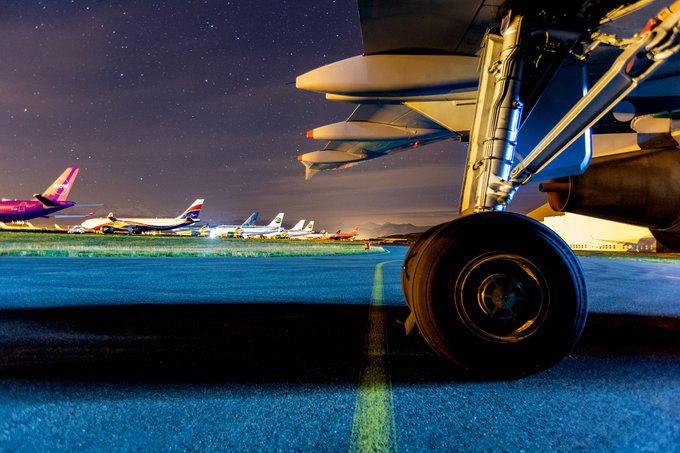Tarmac Aerosave Strives To Maintain Recycling Rate In Dismantled Aircraft

TARBES, France—As composite materials gain ground in commercial aircraft construction, recycling specialists face the challenge of salvaging those materials instead of more straightforward metals.
Tarbes-based Tarmac Aerosave, one of those experts, is looking for ways to keep the percentage of an aircraft’s weight that will be recovered as high as the current 92%. Simultaneously, it is progressing toward the holy grail of retaining the quality of the reclaimed metal alloys and keeping them in the aerospace industry.
Retaining the properties of the recovered metal helps sell them at a higher price. The generated revenue, in turn, will balance the cost of recycling composite materials—an activity that has yet to become profitable. Nevertheless, Tarmac Aerosave’s management team is adamant they must do their best to recycle as much material as they reasonably can, in the most environmentally friendly way possible.
Composite materials—essentially carbon-fiber reinforced plastics (CFRP)—do not have a second life after their use on aircraft. Some 20% are burned, meaning their energy content is used, and 80% go to landfills, Tarmac Aerosave CEO Alexandre Brun says. Composite recycling will be a must one day and those companies that master the process will enjoy a head start.
Tarmac is betting on a partnership with Fairmat, a start-up company based in Nantes. It has developed a technology based on cutting composite parts into small, thin bricks. Coated with resin, they are then molded into new laminates.
The new material retains 55% of the mechanical performance of new CFRP and Fairmat’s engineers are working to improve that proportion to 75%. It is claimed to be 10 times cheaper than new CFRP and twice as light as aluminum. Typically, applications can be found in cargo bikes and sport gear, and more possibilities have yet to be explored.
Meanwhile, for titanium parts, an identification process for the alloy and casting is being created. “Airbus A380 engine pylons will soon be part of a circular economy for titanium in aircraft manufacturing,” VP of sales Lionel Roques says. The first kilograms of such recycled titanium are expected on production lines in 2023.


